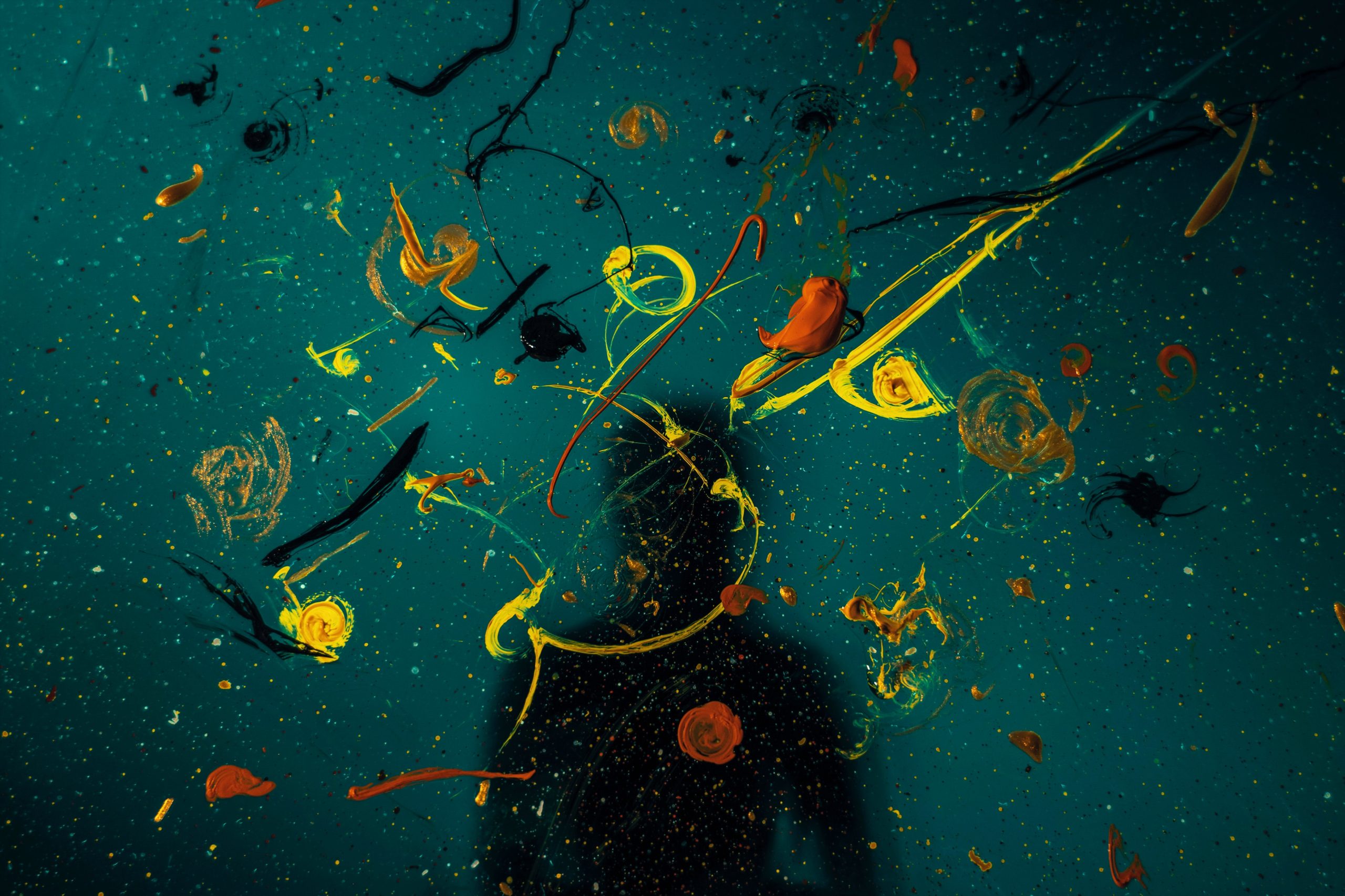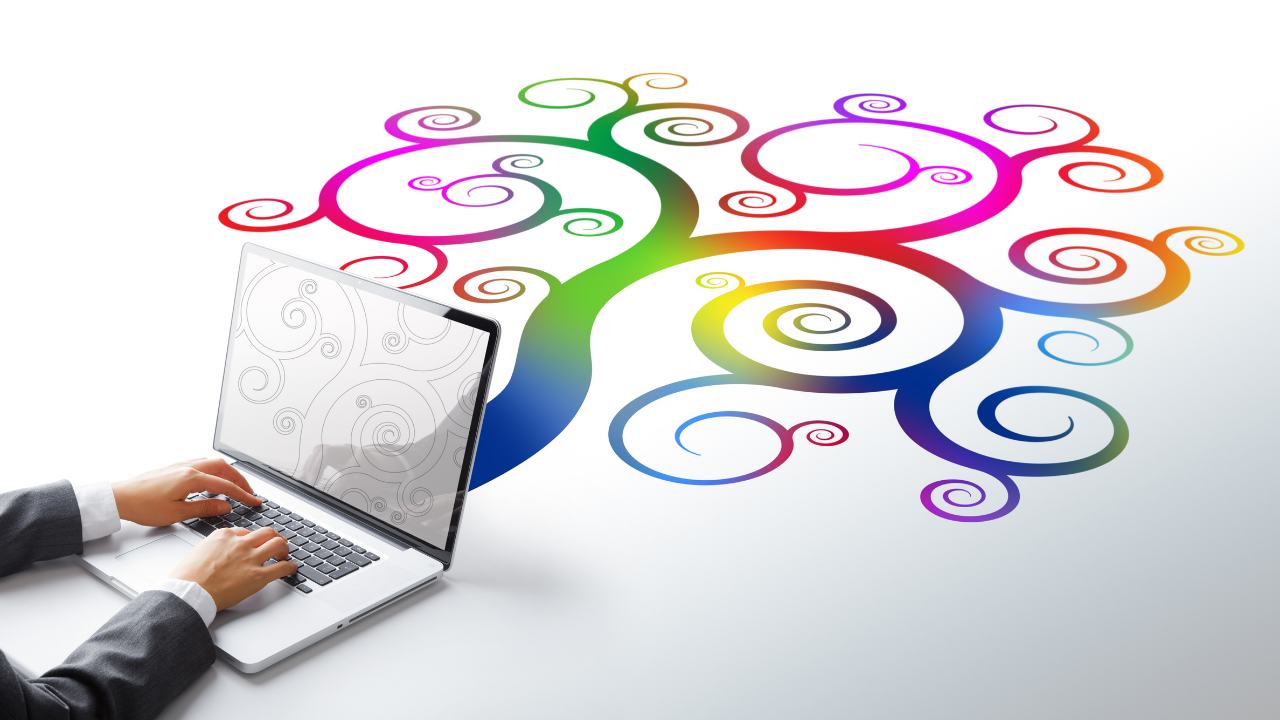Learn to be creative by practicing this skillset in abundance.

‘You can’t use up creativity, the more you use, the more you have’ – Maya Angelou
Indeed, creativity is at the heart of our humanness. It is the key to solving our personal, professional, and societal problems. As we cultivate the micro habits, we can harvest creative thinking in all aspects of our lives.
What is creativity? – the mystique
Philosophers, scientists, artists, psychologists and mystics have long debated this question. Yet, there isn’t a single cohesive definition agreed upon by or within any expert group. Perhaps the absence of a coherent answer in itself is informative. Definitions inherently limit or set the boundaries on an idea. They are useful in providing us with a construct — something our logical, rationale-dominated left brains can grapple with and understand.
But creativity by its own nature is unlimited. It exists and flourishes in the abstract. This beautiful skill roots itself in the inner workings of the right brain, but even then – neuroscientists know that it is far more complex than simple right-brain domination. It’s about integration and cross-mapping of neural networks. Whether or not it dominates in certain physiological locales, ongoing research in neuroplasticity shows us that the brain is quite capable of reallocating skills to different structures, a sort of localized outsourcing if you will.
The essence of the mystique surrounding creativity and our efforts to understand it also inform us of a second vital facet of it. The answer to “what is creativity” can only be answered through our individual experience of it. And this experience varies from person-to-person, and also within each individual depending on what actions we take.
The following six steps are a general roadmap to help you answer the question what is creativity for yourself. Remember, skills are built through practice. The journey to becoming more creative is a joyful one. When you take it, you will undoubtedly see that the benefits spill onto every facet of your life.
How to be more creative: Your 6-Step Roadmap
How To Be More Creative Step #1: Challenge and Change Your Mindset
Many people think creativity is a natural-born talent — one is either born with or it is simply absent. This is a fallacy.
The notion that creativity isn’t for all of us is a limitation in thinking, approach, and somewhat ironically a failure of status-quo application of a creative mindset. Your creativity is malleable.
In fact, it’s important to start with the opposite presumption: Creativity is more a skillset than a talent. Sure, people have different raw material starting points – levels of innate ability — but each person must work to develop that baseline with tangible action.
If we step back, the whole concept of creativity revolves around looking at life, ideas, and problems from different angles. It centers around combining what we know with the unlikely to form new solutions. This informs us that it cannot be fixed, but rather reshapes with experience, knowledge, and application.
The second fallacy people often have about creativity is that even if one could develop it, it’s only worthwhile pursuit for artists, writers, musicians, film makers, etc. That, for every one else, especially in more traditional office work jobs, creativity offers a limited utility. However, nothing could be farther from the truth.
“Creativity is seeing what others see and thinking what no one else has ever thought.” – Albert Einstein
Indeed, imagine how much richer your life would be if you thought the unusual instead of the ordinary? Perhaps you might be inspired to start a side business solving a need no one else is addressing. Or you may find yourself finding a hidden passion that lights your inner fire, and becomes a new avenue for meaning and purpose in your life. Even more likely — you’ll get better at your job, become the go-to person for brainstorming, or just be more joyful in your interpersonal dealings. There is no cap on the applications of creativity.
How To Be More Creative Step #2 – Commit to One Creative Exercise Daily
When you force your brain to start thinking of alternate solutions, new ideas will emerge.
The connection between previously unlinked neurons becomes stronger as you exercise creativity. Soon you’ll be able to apply creative or “outside of the box” thinking in your daily life.

How To Be More Creative Step #3: Stay Curious but Make Deep Connections
Be ready to step outside your bubble. Look up the answer to a question on Quora, read a synopsis on Wikipedia, or watch a Youtube video about something you normally wouldn’t. But don’t go down the internet rabbit hole.
Limit your intake to an overview or restrict yourself with time boundaries. There are two important reasons for this. First, over-consumption of information, facilitated by nonstop internet access, has led us to cognitive overload. Quite literally, we are at maximum capacity for processing. Second, for creativity to truly spark, you need to connect that new information with what you already know.
Think about this information like a meal. Once the initial absorption of nutrients occurs, there are still several more steps that must take place. These include digestion, metabolism, and excretion. Similarly, you want to make sure you contemplate and rehearse the new information in order to digest and metabolize it into other useful components.
If you skip these key middle steps, your brain will engage in neural pruning or simply discarding the information as non-useful.
How to be Creative Step #4: Encourage Your Use of Color, Drawings, and Lists
This might sound like something apropos for an academic setting, but nontraditional for a workplace. That might be so, but you’ll never look back once you start doing it.
There are two reasons for this. First, your brain loves patterns. Your left brain will be quickly able to categorize what you’re working on when you make lists or use different color palettes to organize or symbolize information.
By doing this, you also free up your mental resources for abstract thinking. The result is unconventional.
Second, drawing [even a rudimentary doodle] allows your brain to capture information without strict constructs. It facilitates the nonlinear processes preferred by the right brain.
The simultaneous assimilation of information by both brain hemispheres will lead to much more powerful understanding. When you understand concepts better, you can apply them with ease and novelty.
How to be Creative Step #5: Capture Your Ideas in a Central Place
Having your own idea database is radically effective at boosting creativity. What I suggest to my clients is two-fold. First, allow yourself to engage in a stream of conscious writing. This is most effective when you actually write versus type, for example, in a notebook or journal. The physical act of writing is beneficial for learning and it’s also therapeutic.
Second, take the time to review the stream-of-consciousness work periodically. Don’t judge or “edit” it for grammar or structure — in fact, doing so would be more detrimental than constructive. Instead, review it for a few key points. Then add these key points to your central electronic repository. You can use One Note, Evernote, the Notes App — whatever you like.
The essence is you are capturing your best ideas in a central place going forward, while also giving your brain the freedom to be nonsensical when first contemplating something new.
How to be Creative Step #6: Challenge Yourself Continually
By engaging in new pursuits, especially ones that feel uncomfortable at first, you are teaching your brain to be resourceful.
It has to recruit cells and create new neural networks to get you passed that initial discomfort. In the meantime, new dopaminergic pathways are activated to motivate you to keep going. This is a much better use of dopamine than the quick highs we get from social media or binge TV. Soon the activity actually becomes pleasurable, and you’re swimming in natural endorphins.
Now, your brain is not only working in new ways, it’s also creating natural stress-relief. When you’re in these restful states, creativity is bound to happen. You may find yourself even entering flow state. In flow, you’re in the zone and “zenned” out at the same time.
This is a peak brain state where any endeavor becomes easier. You’re more likely to solve a difficult problem or come up with a novel idea when simultaneously engaged and relaxed. Genius thinkers in the past have often attributed going deep into unrelated hobbies to find the solutions they were searching for to begin with in their primary work.
CREATING MOMENTUM WITH PRACTICE
As you boost your creative skillset, you’ll be able to see hidden patterns and make extraordinary connections. The result is new thoughts, ideas, and paradigms — ones you’ve never noticed before, and perhaps ones that maybe no one else has seen. You can continue to develop the best ones into a physical model — a tangible medium.
Creativity is undoubtedly a skill of the future. As advances in machines and robotics start replacing some of the human workforce, HR departments are already touting right brain thinkers as key to the next generation workforce.
As we see above, creativity is prime for development. Just stay fluid, question your own assumptions, and experiment in low-risk ways with the unknown. Then follow this six-step roadmap to develop your own creativity into a full set of skills. Just remember to practice. That right there is the key: your implementation — your action. Once you get going, the benefits will be self-evident.
Action Steps to Cultivate
We help you learn all of this and more in our landmark Neuro-performance program, activate your secret genius.
This 10-week transformation benefits and impacts every aspect of your life: career, daily performance, health, wellness, cognitive function, habits, relationships, energy, personal and spiritual growth and beyond. That’s because unlike anything else in the market, we focus on the brain- The brain being the root of all change.
And because genius comes in all flavors and types, unlocking yours is about learning, knowing, and transforming into your highest self. To see how it works. Come check out our new content on our home-page for some amazing videos that will inspire and change your life.
If you enjoyed this article, we'd love for you to forward it to your community! It helps us to help more people. Use the social/mail icons to share it with anyone in 2 seconds.
